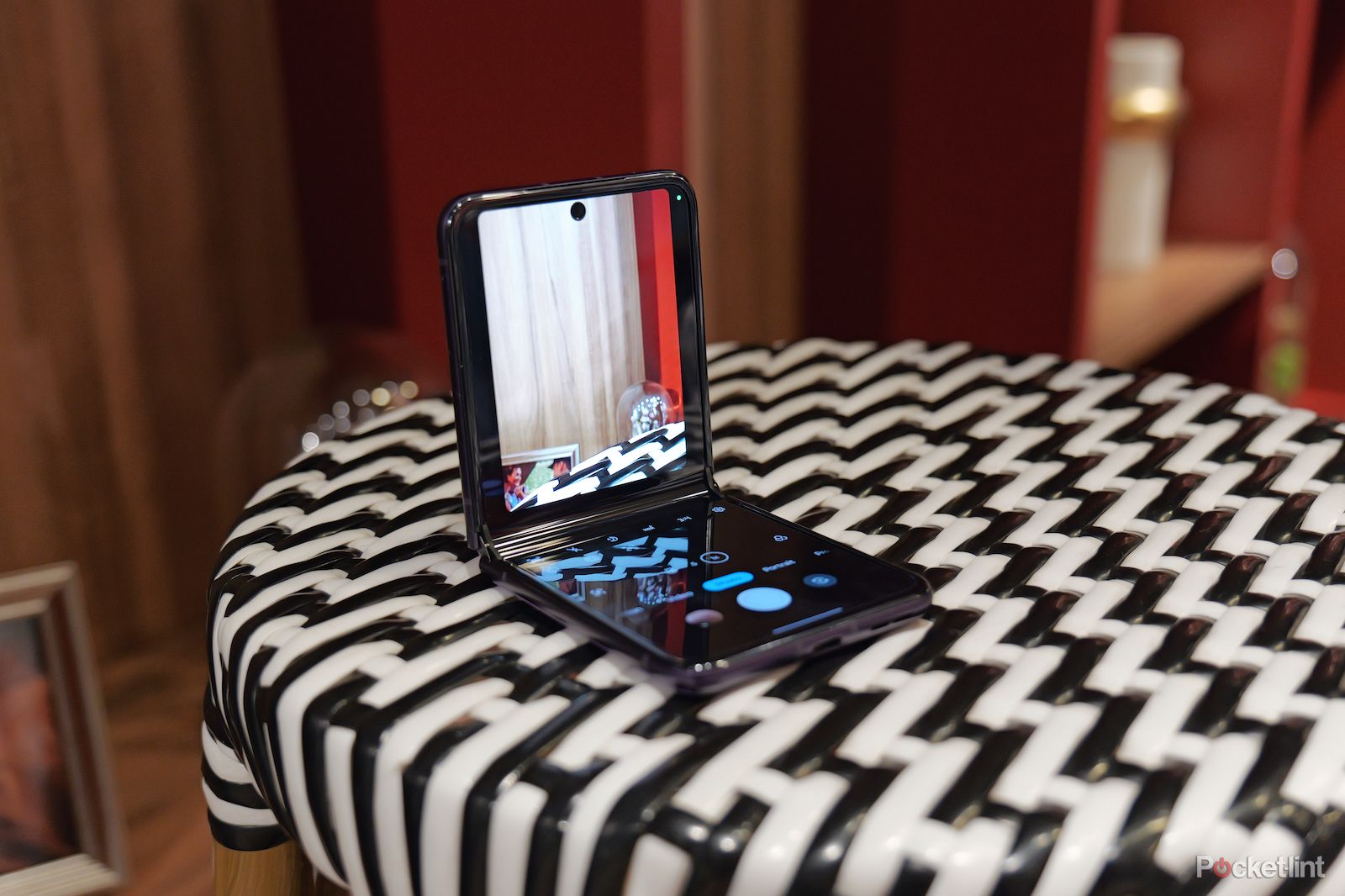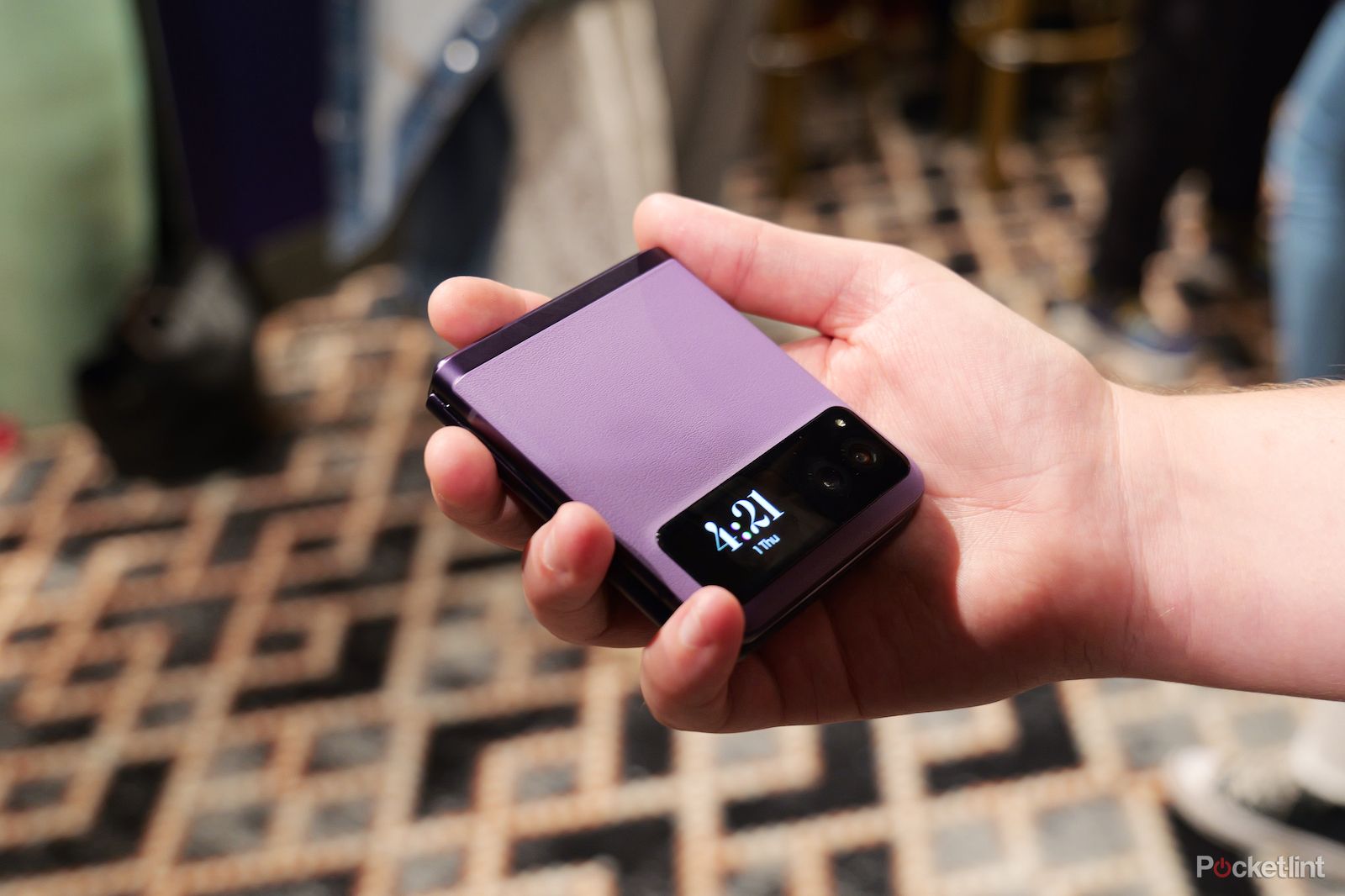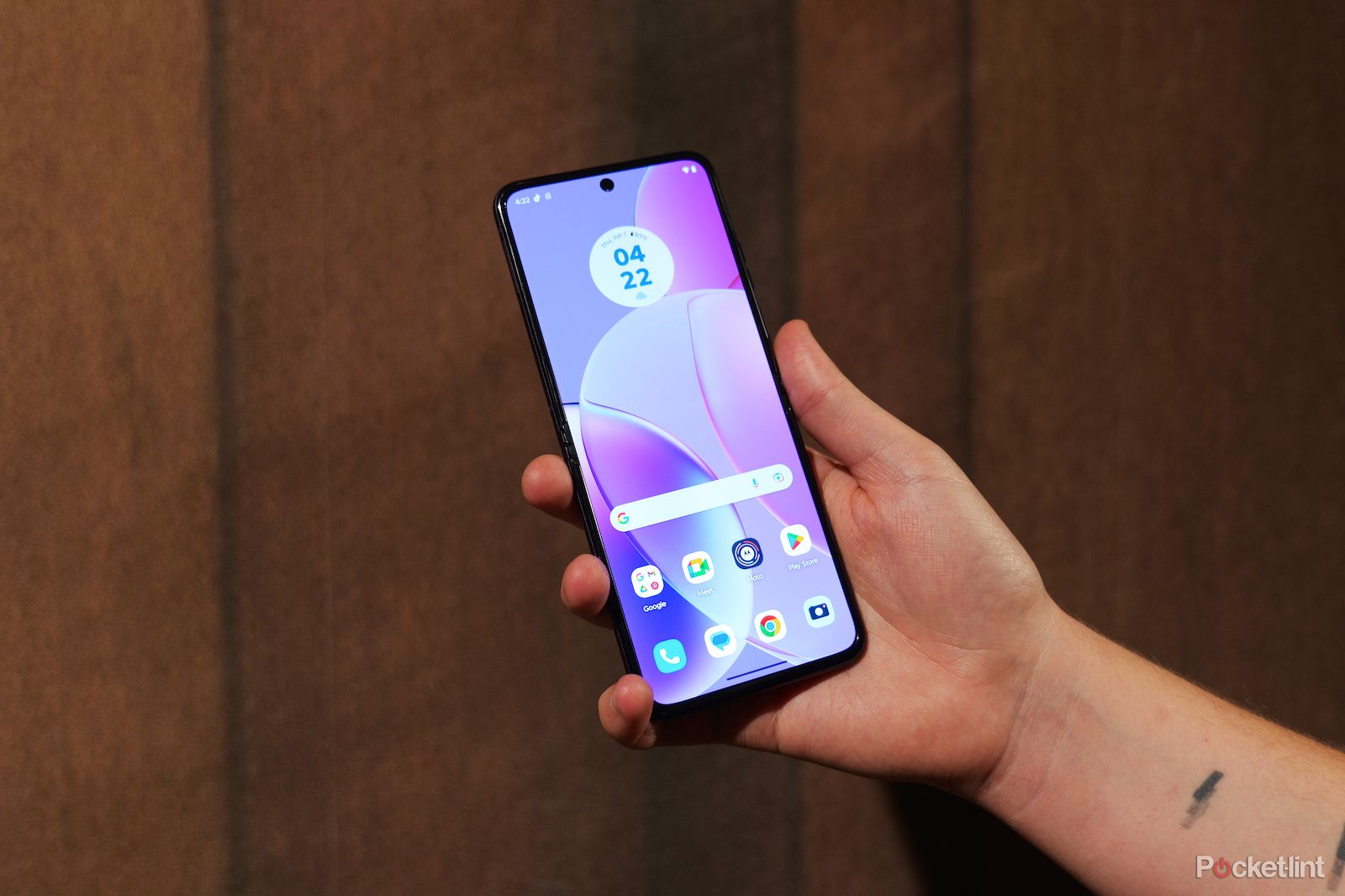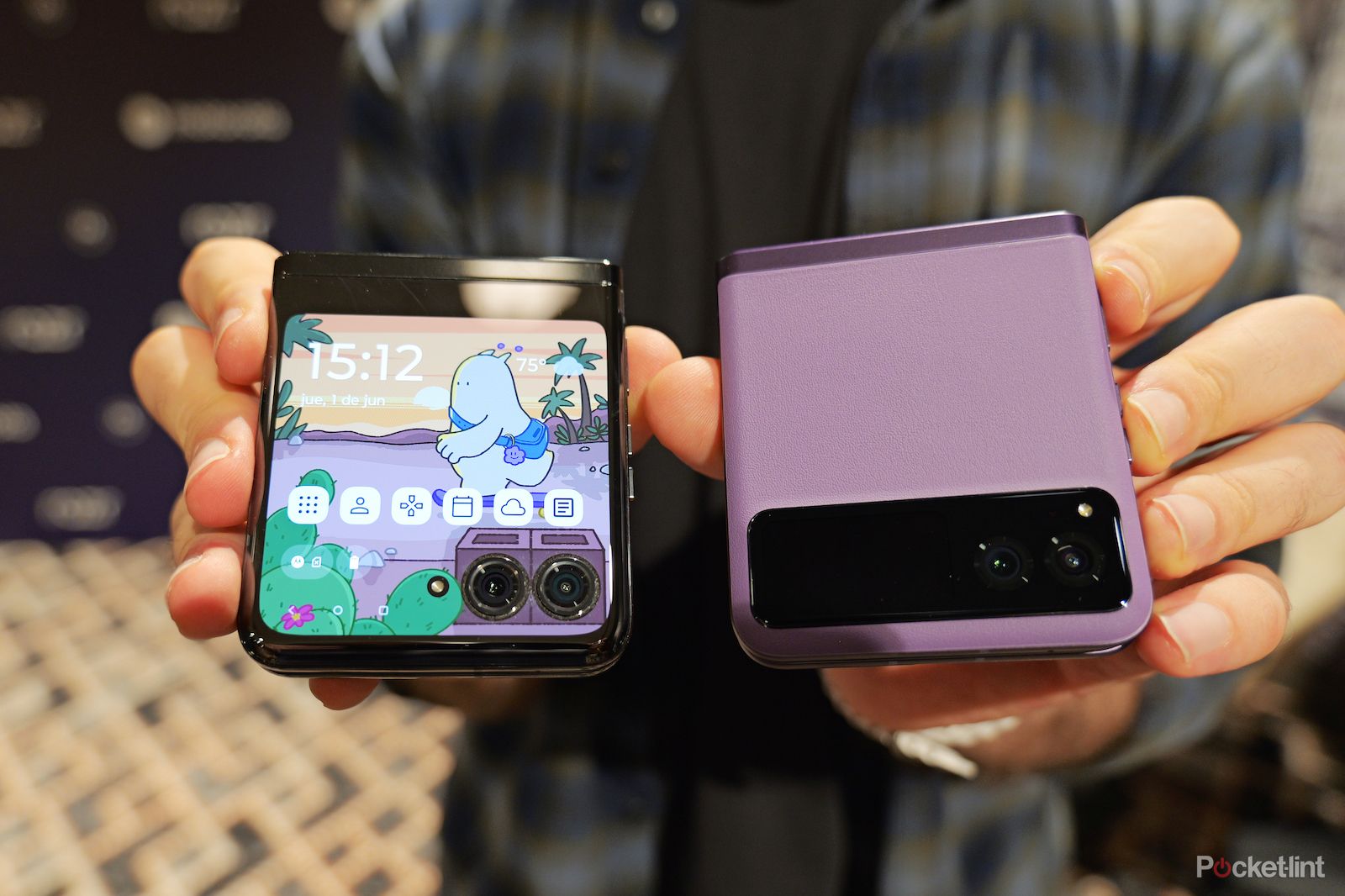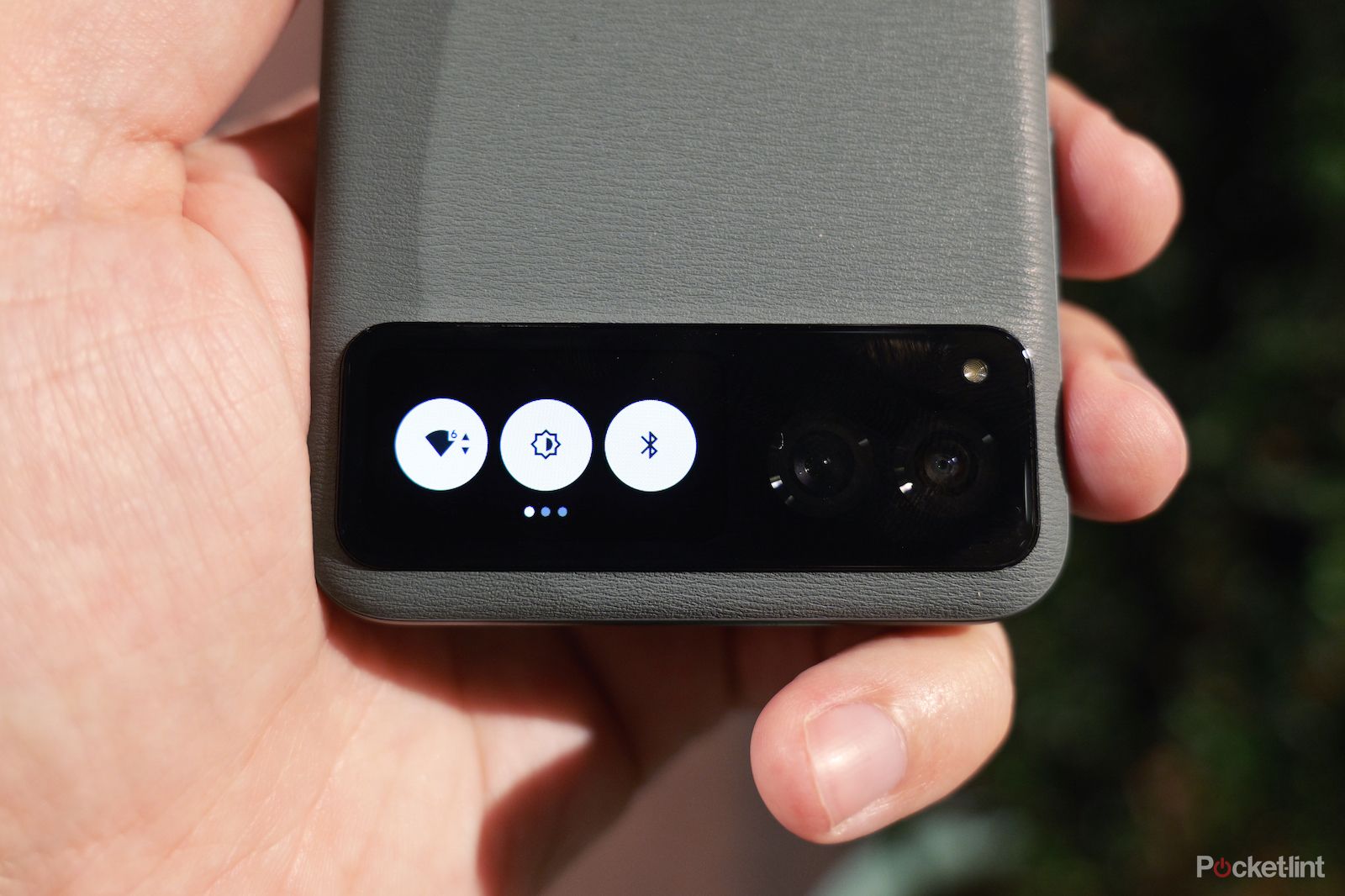Once upon a time - when flexible smartphones first launched - Motorola brought back its iconic Razr brand. But at that time, flexible phones were prohibitively expensive and - being first-generation products - not all that great.
Nothing represents the change in the market since then like Moto's new entry-level Razr. It costs less than half of what the first Razr cost at launch and is a much better device. We went hands-on with it at the launch event.
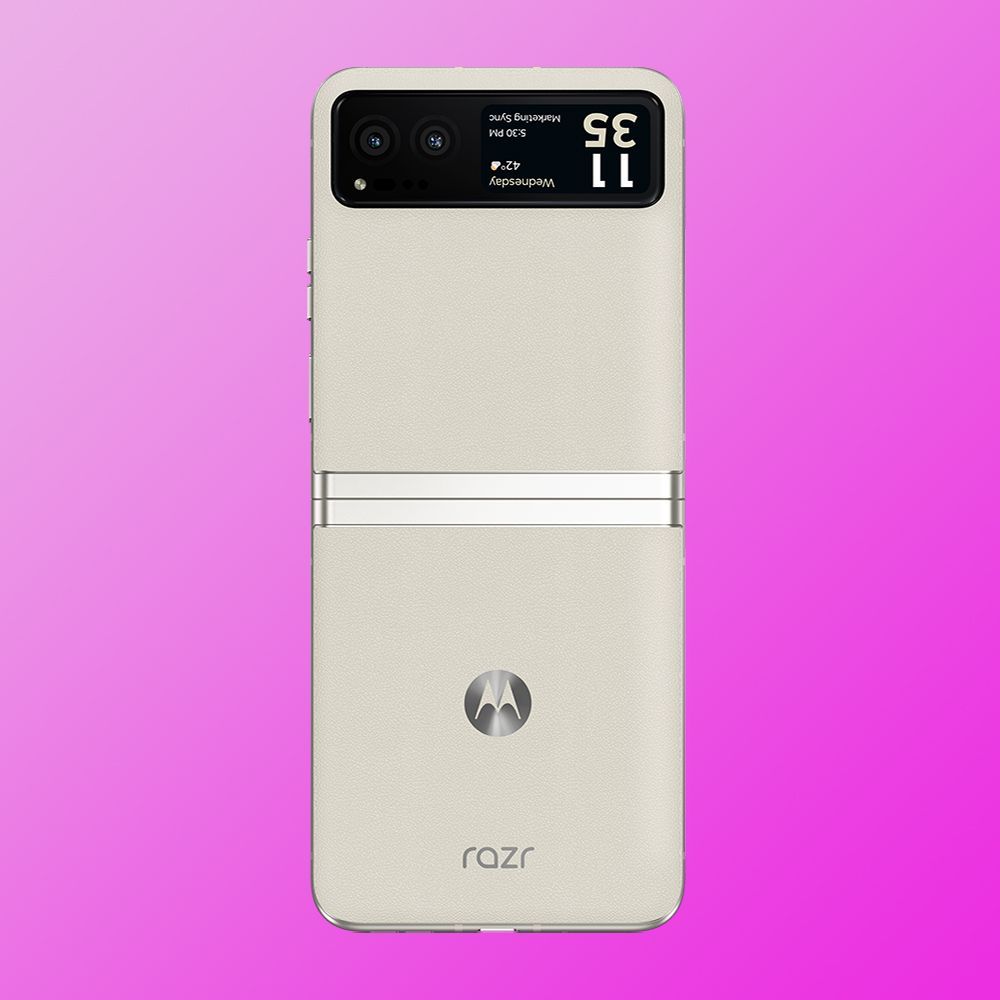
Motorola Razr 40
The latest entry-level Razr from Motorola is undeniably charming. It's compact, covered in gorgeous vegan leather and doesn't cost the earth.
Design
- 170.82 x 73.95 x 7.35mm (open) - 88.24 x 73.95 x 15.8mm (closed) - 188.6g - IP52 dust/splash resistant
- Vanilla Cream, Sage Green, Summer Lilac colours - Vegan leather and aluminium
There's something very appealing about the way Motorola designed the entry-level Razr 40 (or Razr 2023 if you're in North America). It's part down to the three attractive colours chosen and part down to the vegan leather material covering the front and the back.
The end result is a phone that's charming to look at and feels really good in the hand.
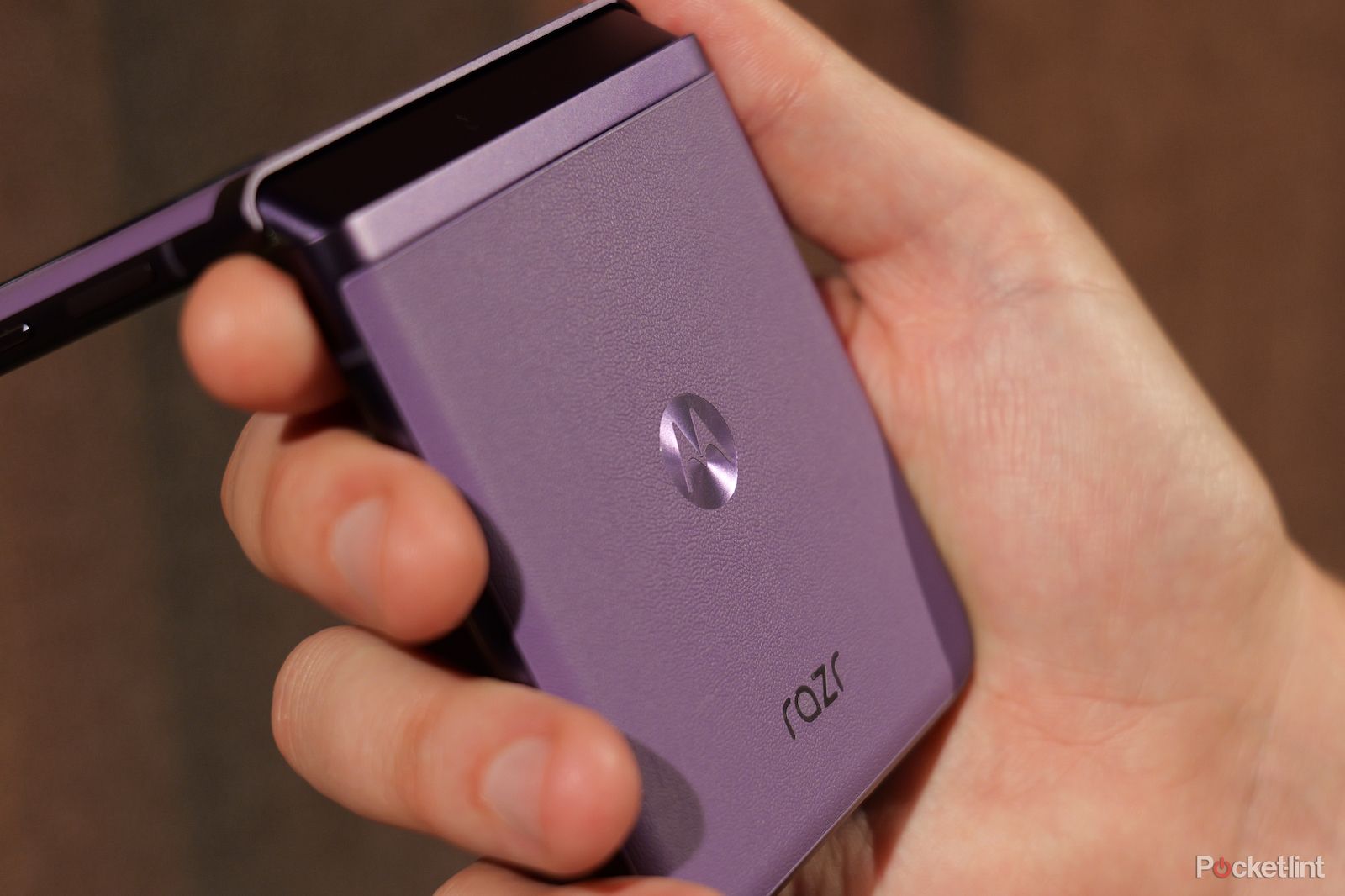
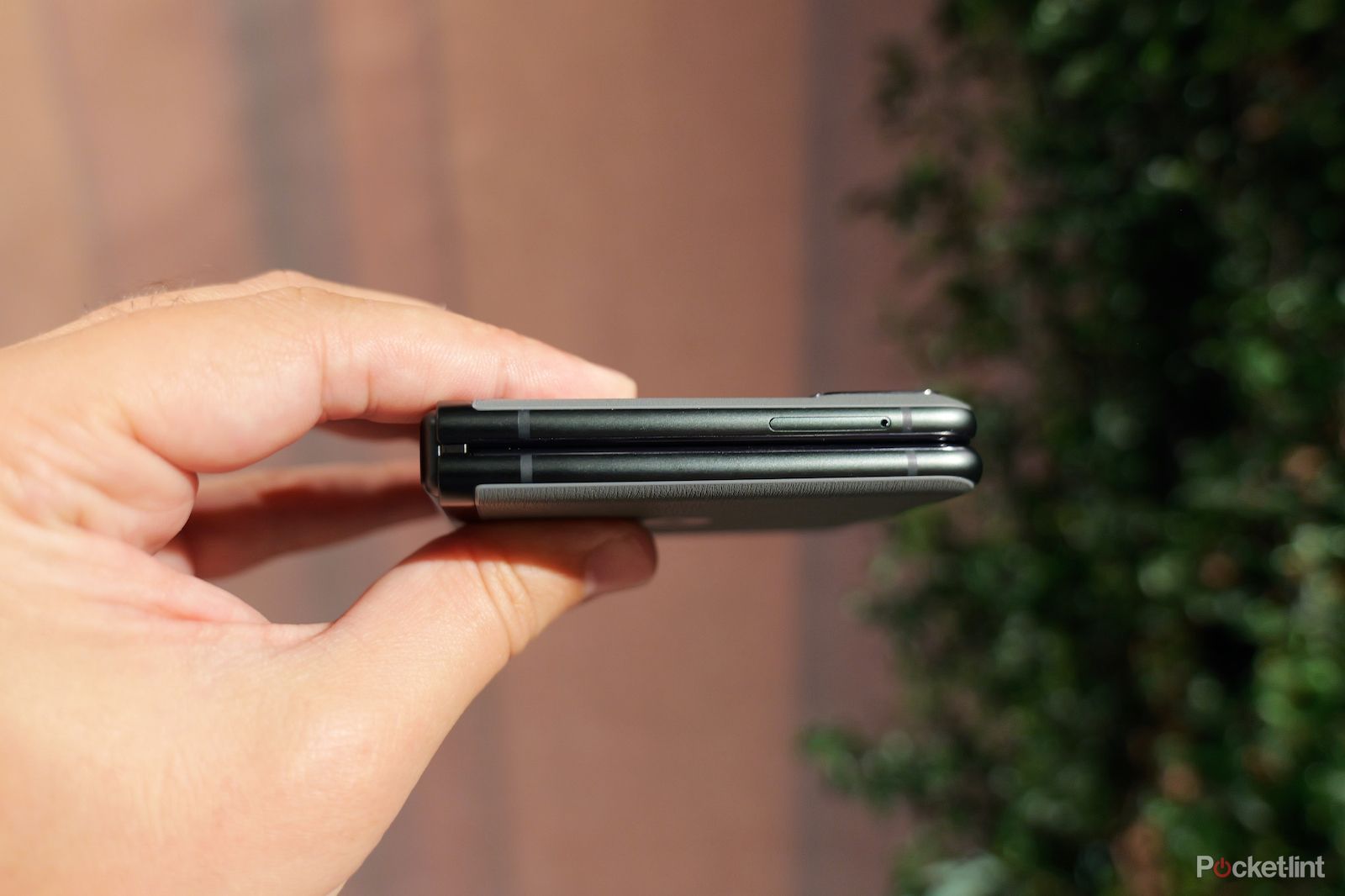
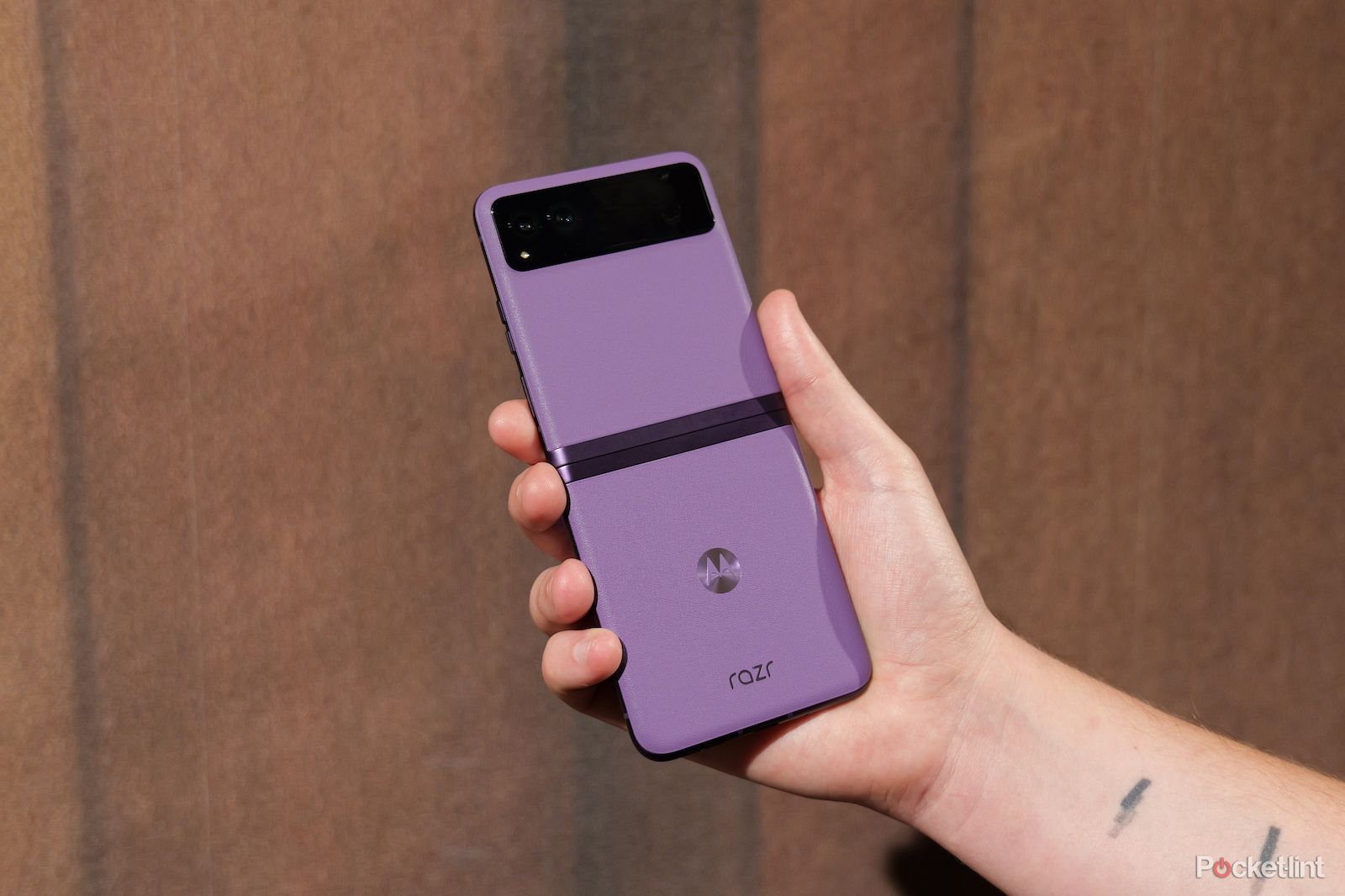
Each of the three colours - Sage Green, Vanilla Cream and Summer Lilac - looks stunning in this finish and is completely different to any other foldable clamshell currently on the market.
The material makes good practical sense too because the grip it offers should ensure the phone doesn't slip out of your hand, or slip off surfaces like a smooth glass phone might. Another practical decision is giving it IP52 splash and dust resistance. It's not the highest level of water resistance out there but should mean it survives fine spray/light rain.
Like the Moto Razr 40 Ultra it features an improved hinge, designed to hold the display open at different angles. That means you can take selfies, record yourself or shoot at different angles, without the phone's display opening or closing.
Like previous versions - and unlike the Samsung Galaxy Z Flip - the hinge is also designed to shut completely flat when you close the phone. There's no gap for dust and pocket fluff to get into when it's in your pocket or purse.
Otherwise, the basic template is similar to Samsung's, in that it has a small exterior display on it for displaying the time and notifications. It also has a physical fingerprint sensor on the side, built into the wake/sleep button.
Displays
- 6.9-inch AMOLED internal display - 1080p - 144Hz - HDR10+
- 1.5-inch AMOLED external display - 194 x 368 - 60hz refresh rate cover screen
Turning our attention to the displays, and here Motorola has taken a familiar approach. As mentioned there is a small cover screen on the outside protected by Gorilla Glass Victus.
This exterior screen only measures 1.5-inches and is designed - chiefly - for quick access to basic information, notifications and quick settings toggles. It's not really designed to be used for gaming, apps or replying to messages. You can customise the clock to suit your preference and use it as a mini camera monitor for taking selfies with the main cameras on the cover.
As for the larger internal screen, that measures a generous 6.9-inches. It's a bright, vivid AMOLED panel with rich colours and deep contrast, offering enough dynamic range to be certified for HDR10+ content.
That's not all though, the display can reach peak refresh rates of up to 144Hz, and that means when you scroll and swipe on the screen, the animations will be smooth and crisp.
On first impressions, it seems like a great panel, but since we only spent a short time with it we can't confirm just how good it may or may not be yet. Further testing is required.
Hardware and software
- Snapdragon 7 Gen 1 - 8GB RAM - 256GB storage
- 4200mAh battery - 30W wired charging - 5W wireless
- Android 13
In an effort to keep the costs down, Motorola opted not to include a flagship-level processor in the Razr 40. Rather than have a Snapdragon 8 series chipset, the cheaper model features a Snapdragon 7 Gen 1.
What that should mean - from a performance perspective - is that it won't be lightning fast like the Snapdragon 8+ Gen 1 - but it should more than keep up with most people's demands. In our initial hands-on it certainly didn't seem slow or sluggish, with the high refresh rate display helping interactions feel smooth.
This processor is joined by 8GB RAM and 256GB of storage, plus a 4200mAh battery which is comfortably a higher capacity than either the Razr 40 Ultra or the Galaxy Z Flip4.
Cameras
- 64MP f/1.7 primary camera
- 13MP f/2.2 ultrawide and macro camera
- 32MP punch-hole selfie camera
Like its more expensive sibling, the Razr 40 is equipped with a pretty standard array of cameras. There are two on the front cover, built into the glass rectangular island, and another punched through the display on the inside.
The exact makeup is as we'd expect: the primary 64-megapixel camera on the front is joined by a 13-megapixel ultrawide which also doubles as a macro camera. That means you can get close-up sharp images of small objects as well as really wide landscapes.
We haven't had a chance to test those cameras yet, so we'll reserve judgement on those until we've seen how they perform in every day life.
First impressions
Perhaps surprisingly, of the two new Razr 2023 models launched by Motorola, it was the cheaper Razr 40 we were drawn to. The vegan leather front and back covers make it a super tactile experience to hold, and the overall design and colours are really attractive.


